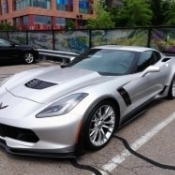
Sign in to follow this
Followers
0

Carenado 350I King Air released beware
By
Richard Sennett, in B350i King Air HD Series for FSX | P3D


By
Richard Sennett, in B350i King Air HD Series for FSX | P3D